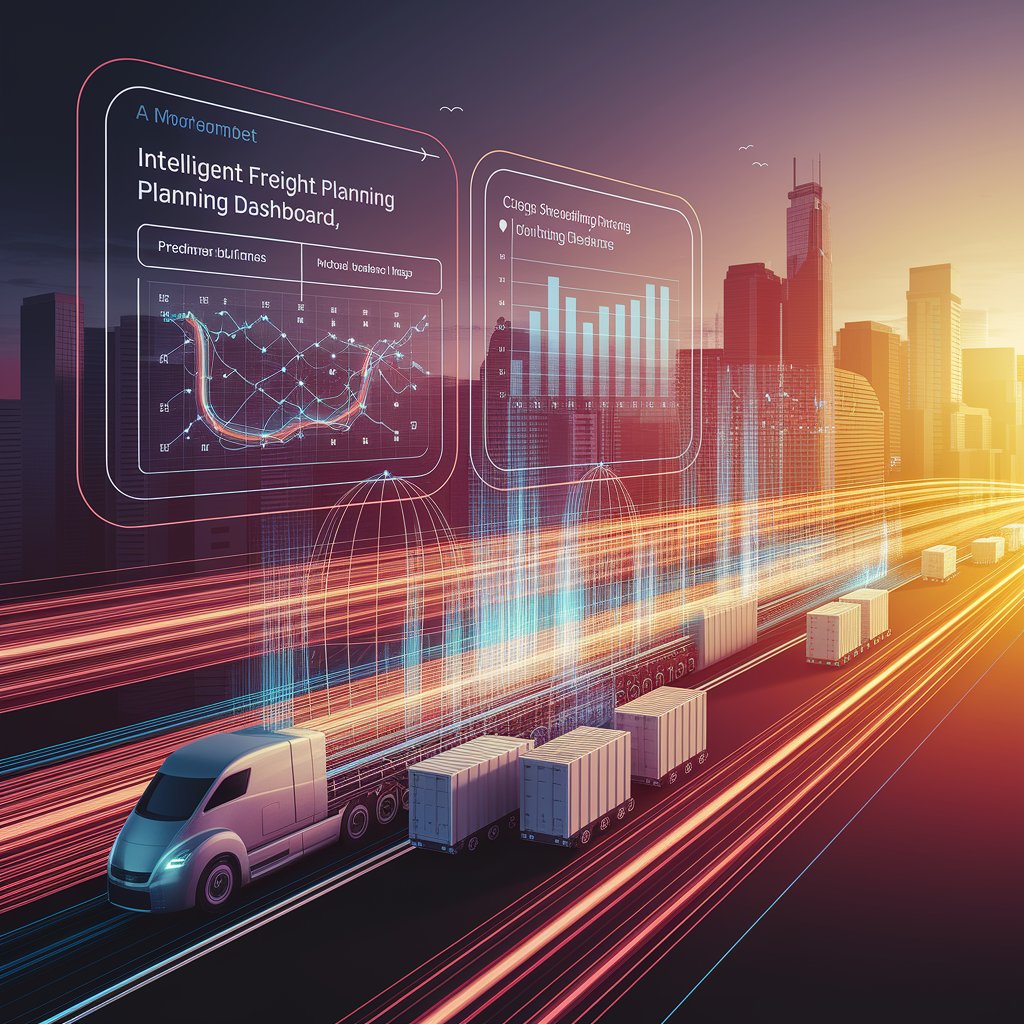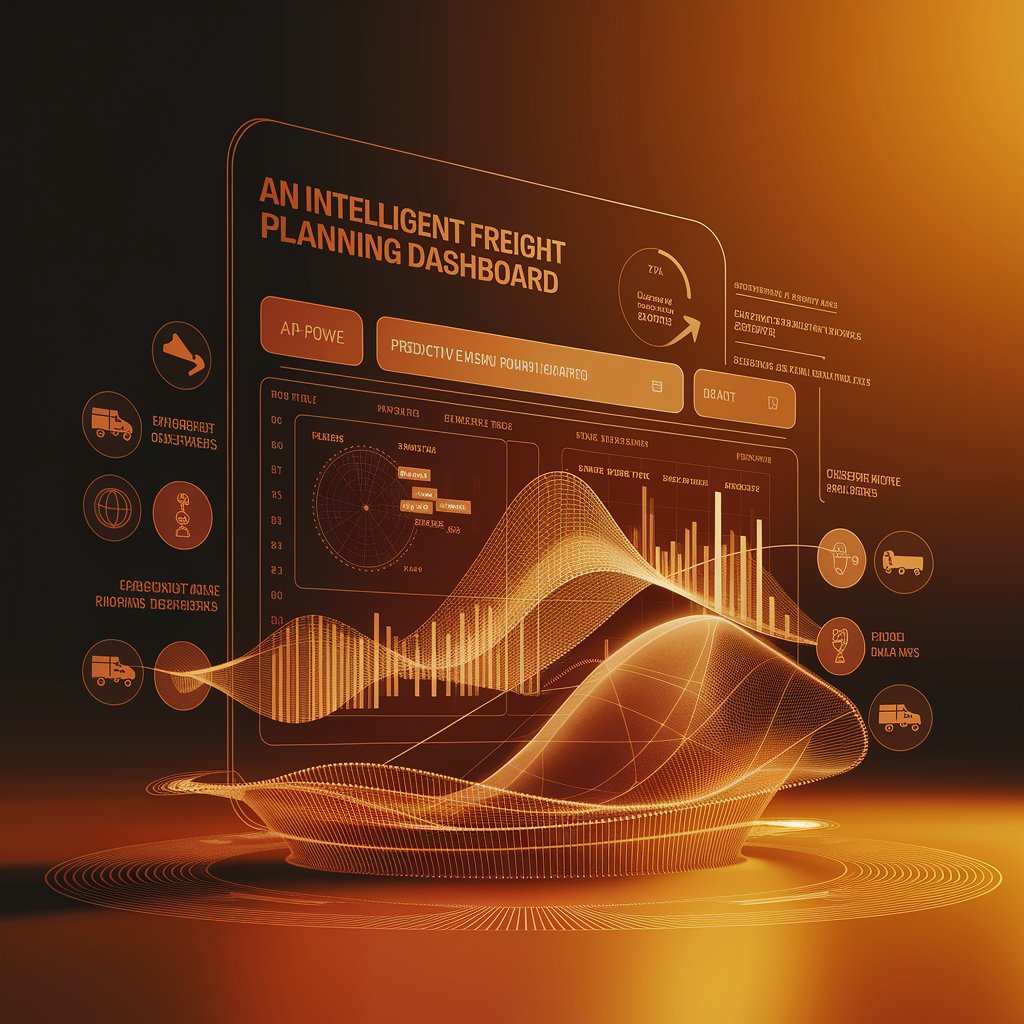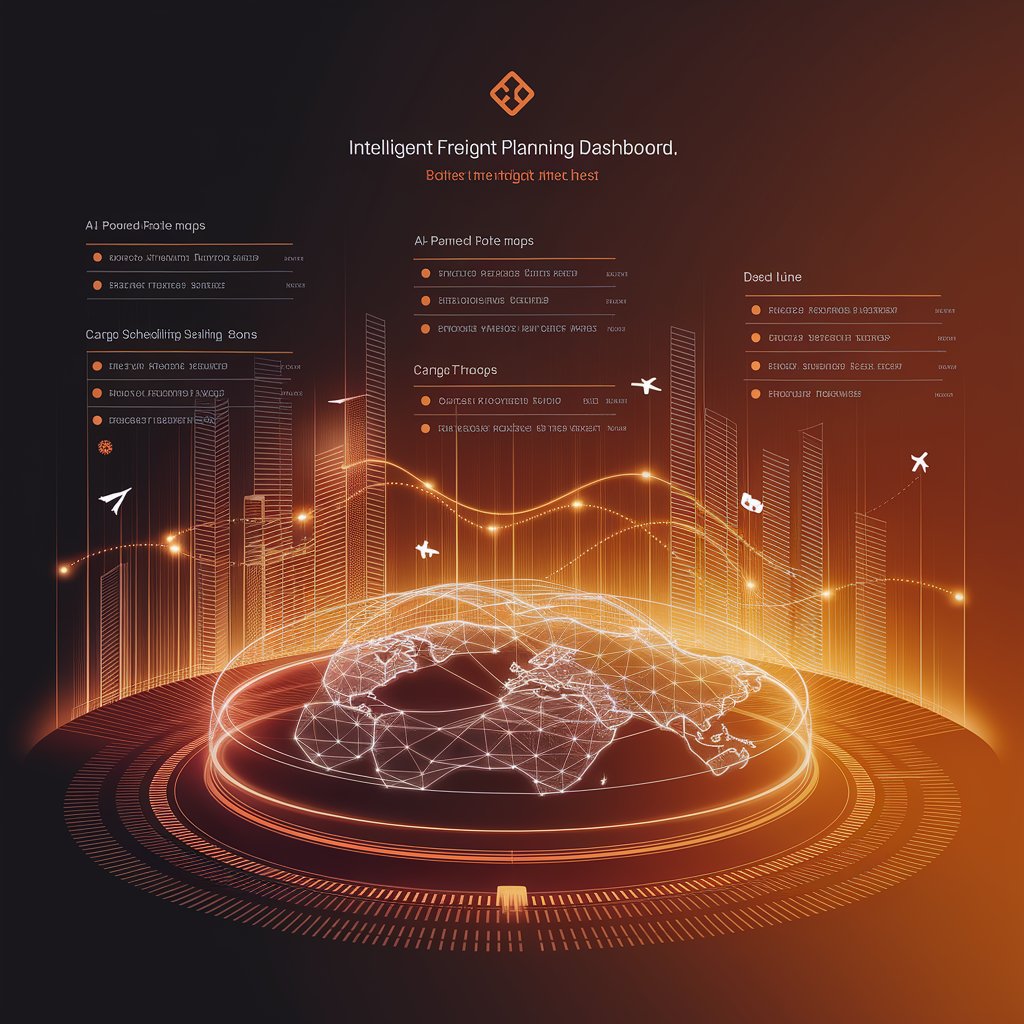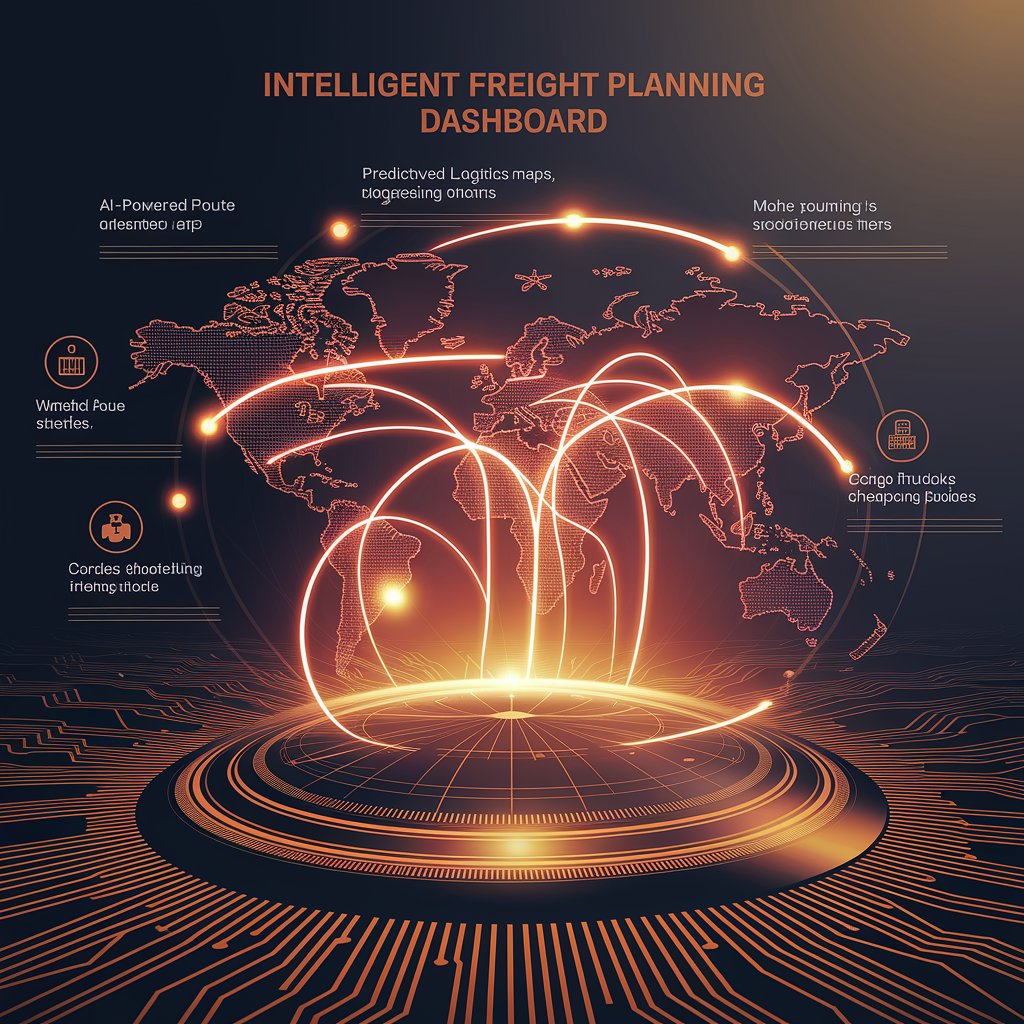Intelligent Freight Planning: Smarter Logistics for a Complex World

Introduction
This is where intelligent freight planning comes in. By leveraging AI, predictive analytics, and real-time data, logistics companies can plan freight operations more efficiently, anticipate risks, and respond dynamically to changing conditions.
What Is Intelligent Freight Planning?
Intelligent freight planning refers to the use of advanced technologies like artificial intelligence, machine learning, and big data analytics to optimize freight scheduling, routing, and resource allocation. Unlike traditional planning, it focuses on dynamic decision-making that adapts to:
- Demand fluctuations
- Port congestion
- Fuel price volatility
- Weather and geopolitical events
- Carrier availability
The result is smarter, more agile freight operations.

Key Features of Intelligent Freight Planning
- Dynamic Route Optimization – AI calculates the best routes based on cost, time, and risks.
- Predictive Demand Forecasting – Anticipates shipping volumes to align capacity.
- Carrier & Mode Selection – Suggests the best mix of air, sea, rail, and road transport.
- Real-Time Data Integration – Pulls insights from IoT sensors, GPS, and external databases.
- Automated Scheduling – Adjusts freight schedules dynamically as conditions change.
- Sustainability Insights – Optimizes freight plans to minimize emissions.
Benefits of Intelligent Freight Planning 📈
- Efficiency Gains – Faster, smarter planning with fewer manual interventions.
- Cost Reduction – Optimize routes, carriers, and capacity to lower expenses.
- Risk Mitigation – Anticipate disruptions before they impact deliveries.
- Improved Customer Satisfaction – Provide accurate ETAs and proactive updates.
- Scalability – Manage global shipping networks without overwhelming staff.
- Sustainability – Greener freight planning through reduced fuel consumption.

Real-World Applications
- Freight Forwarders – Automate multi-modal planning for clients across markets.
- Carriers & Fleet Operators – Optimize schedules and asset utilization.
- Retail & E-commerce – Plan ahead for seasonal demand spikes.
- Cold Chain Providers – Ensure timely transport of temperature-sensitive goods.
- Global Enterprises – Manage cross-border freight flows with compliance built-in.
Challenges in Intelligent Freight Planning
- Data Accuracy Issues – Poor-quality data reduces AI effectiveness.
- Integration Barriers – Legacy ERP and TMS systems can limit automation.
- High Upfront Investment – AI and predictive tools require significant capital.
- Resistance to Change – Staff may prefer manual planning methods.
- Cybersecurity Risks – Freight planning platforms must safeguard sensitive data.

Best Practices for Implementation
- Start with Pilot Programs – Test intelligent planning on specific trade lanes.
- Integrate Across Systems – Connect ERP, TMS, WMS, and IoT platforms.
- Focus on Data Quality – Standardize contracts, rates, and shipment records.
- Combine AI with Human Oversight – Use AI for speed, but humans for context.
- Measure ROI Continuously – Track cost savings, efficiency, and customer satisfaction.
- Prioritize Sustainability – Use AI insights to reduce emissions and waste.
The Future of Intelligent Freight Planning 🚀
- AI-Driven Autonomous Planning – Systems that fully optimize freight without human input.
- Digital Twins – Simulate freight flows to test plans before execution.
- Blockchain Integration – Secure, transparent freight documentation and payments.
- Edge AI – On-site decision-making at ports, warehouses, and fleets.
- Green Freight Optimization – AI balancing costs with carbon reduction goals.
Conclusion
Intelligent freight planning is reshaping logistics by combining AI, automation, and real-time insights. Companies adopting these tools gain efficiency, cost savings, and resilience—while meeting rising expectations for speed, transparency, and sustainability.
For freight forwarders, carriers, and global shippers, intelligent freight planning is not just a competitive edge—it’s the foundation of future-ready logistics.
